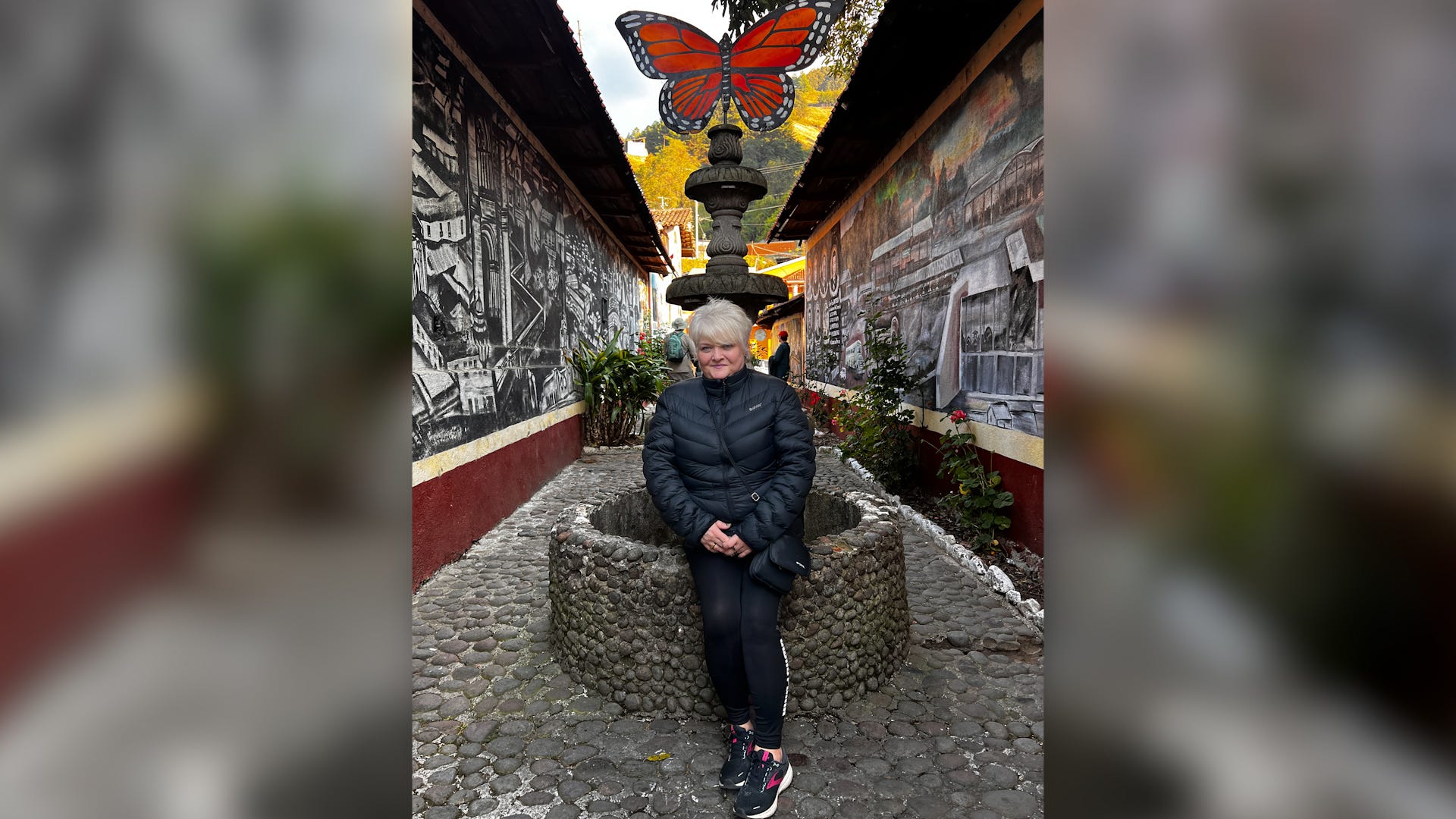Saving Monarchs: How you and what you plant can help

By any measure, the revival of the bald eagle stands as one of the great environmental triumphs in conservation history. In 1963, the national bird teetered on the precipice of extinction, with only 417 known nesting pairs left in the lower 48 states.
Hammered by habitat loss and synthetic insecticides, the eagle, the abiding symbol of American strength and freedom, had all but vanished from our landscapes. From backyard birders to federal agencies, Americans responded with unity and urgency. The Environmental Protection Agency banned pesticide DDT in 1972. Congress passed the Endangered Species Act the next year, and launched aggressive habitat conservation programs nationwide.
Today, more than 300,000 bald eagles (and 71,400 breeding pairs) soar through America’s skies.
Now, another iconic species is disappearing before our eyes. If there is no bird more American than the eagle, there is no butterfly more American than the monarch. Breathtaking and resilient, the monarch butterfly completes one of the most astounding migrations in nature − a multigenerational pilgrimage spanning over 3,000 miles, from Canada to exico and back.
Along the way, it relies on a dwindling network of native plants, roosting trees and wildflower-rich terrain for survival.
Saving monarchs from extinction is worthy goal
In the past two decades, driven by habitat destruction, herbicide use and changing climate conditions, monarch populations have plummeted by over 80%, with the western monarch falling a staggering 96% since just last year.
As it was with the eagle, the question is not whether we can save the monarch − we can − but whether we will.
Reversing the butterfly’s calamitous decline requires restoring a national ethic of stewardship and recognizing that beauty and biodiversity are public goods worth preserving.
Most of all, it requires action. Even in a moment of deep political discord, there is room for consensus around concrete steps we can take at the federal, local and personal level.
First, Congress should establish federal tax credits for landowners who restore habitat by planting native milkweed and nectar plants that support pollinators like hummingbirds and butterflies.
It is no secret that habitat loss is a key driver of monarch decline. Milkweed, the only plant on which monarchs lay eggs, has been widely decimated due to herbicide-intensive agricultural practices and removal efforts by those who misclassify it as a “weed.”
In fact, leading studies have estimated that 1.3 billion milkweed stems are needed across the monarch’s breeding range to stabilize its population. Offering federal tax credits, similar to tax incentives like conservation easements, would motivate farmers, suburban landowners and even corporations to take part in species recovery.
Habitat loss drives decline of butterflies
Second, cities must bridge the chasms they have opened along the monarch’s migratory routes. Each fall and spring, although the spectacle is an echo of what my generation remembers, monarchs still thread their way through urban and suburban neighborhoods. As once-continuous prairies have been fragmented by development, cities are now critical way stations in the monarch’s cross-continental migration.
Yet, few cities actively appreciate or plan for this responsibility.
Cities should commit to creating monarch corridors through public landscaping policies. From roadside wildflower plantings to pollinator-friendly parks and green roofs, metropolises can become beacons on the butterfly’s long journey.
Cities like St. Louis and McAllen, Texas, are already leading the way, systematically and purposefully integrating butterfly habitats into city parks and neighborhoods.
Likewise, leading voices, including the Cornell Lab of Ornithology and Homegrown National Park, are amplifying the native plant movement. National organizations could follow the example of the National Wildlife Federation, which issues coveted certifications tied to habitat milestones for communities and residences.
Wildlife Federation President Collin O’Mara recently said the monarch’s “future is in our hands.”
After all, the monarch is a backyard butterfly − starting as a caterpillar, it breeds, feeds and rests in the spaces just outside our windows. Planting native milkweed and nectar-rich flowers like goldenrod and coneflowers can turn a patch of lawn into life-giving habitat for monarchs and dozens of other pollinators as well.
Incorporating suitable native plants into America’s backyards has never been easier, as outfits like Garden for Wildlife can advise homeowners which plants are best for their specific locality and then deliver them to their front door.
To fortify these individual commitments, we should normalize native planting the way we’ve normalized recycling, as an act of civic responsibility. Suburban homeowner associations must drop their bans on milkweed (which isn’t a weed at all). Garden centers should prominently feature pollinator-friendly species. And communities could adopt a certification system, much like the LEED rating for green buildings, that celebrates those yards most hospitable to wildlife.
The monarch butterfly’s journey is the very definition of American perseverance.
No single butterfly makes the entire trip. Each leg of the migration is completed by a different generation, born into a world they did not choose, yet shaping the next chapter of a timeless cycle.
There is something deeply human in this: the idea that we build for a future we will not see, that we sustain what was passed down to us so it may live on after we are gone.
To lose the monarch would be to break that chain − to let a miracle vanish not for lack of science or means, but to fail for lack of courage and will.
The good news is this is something that America, like the eagle and the butterfly, does not often do.
Thiru Vignarajah serves on the board of Garden for Wildlife.